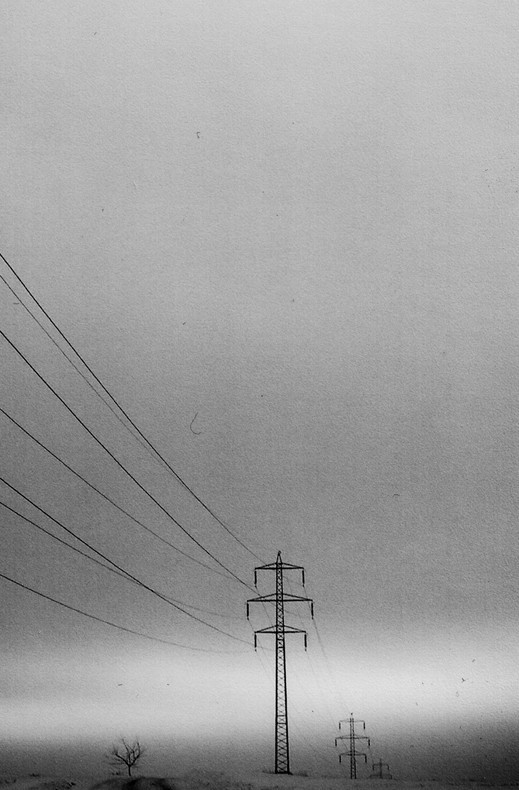West-side line is a $1.4 billion mistake, critics say
Transmission line must be built soon to ensure power ‘reliability,’ Hydro minister says
Many critics are questioning the wisdom of building Bipole III, a multi-billion dollar Manitoba Hydro transmission line, along the west side of the province rather than cutting costs along the east.
The Progressive Conservatives, the Canadian Taxpayers Federation and other affiliated experts believe that a west-side line is a mistake that will cost Manitoba Hydro up to $1.4 billion more than if it were constructed along the east side of Lake Winnipeg. The line will stretch 400 to 600 kilometres longer than an east-side route.
At a Nov. 17 hearing at the Manitoba Legislature, Manitoba Hydro chief executive officer Robert Brennan and chair of the board Vic Schroeder fielded several questions from the opposition. Among them was the cost for construction and maintenance of what could be 600 kilometres of extra line.
Critics maintain that Hydro has been secretive over the additional costs for the longer west-side route.
“We have tried to get answers,” said Cliff Cullen, Progressive Conservative (PC) critic for Manitoba Hydro. “Mr. Brennan has been evasive on the subject of the actual additional cost for the west-side line.”
Although Brennan has not given estimates, the government says the PCs have exaggerated the additional costs.
“I think the numbers are a bit unsubstantiated, and we’re listening to the same exaggerations,” said Rosann Wowchuk, minister responsible for Manitoba Hydro. “People talk about the risks and costs but not the importance of this west-side line.”
The decision to construct the line along the west side was ultimately made to help ensure Manitoba’s boreal forest, located on the east side of Lake Winnipeg, will receive heritage designation by the United Nations Educational, Scientific and Cultural Organization (UNESCO). A hydro line would jeopardize the possibility of that designation, according to Wowchuck.
The opposition, based on statements made by former UNESCO official Jim Collinson, believes that heritage designation could be granted despite the transmission line. Collinson said that a development like hydro would not affect the designation.
“You need to be clear what designation you’re talking about,” said Kelly Whelan-Enns, a public relations research specialist for Manitoba Wildlands, a non-profit environmental organization. “Some designation allows for development, some doesn’t ... people just can’t make blanket statements [that UNESCO will permit development].”
Wowchuk did not know, however, the conditions for UNESCO designation of the boreal forest, making it unclear whether the organization allows for development in this case.
“Jim Collinson has not been with UNESCO for over 20 years. How can he speculate on their current operations?” she said.
Bipole III is meant to improve reliability by connecting the northern power generating complex with the delivery system in southern Manitoba. It will be built in large part to prevent power outages and is meant to help energy sales with the United States.
“If you listen to Manitoba Hydro ... we must build as soon as possible for reliability,” said Wowchuk.
Whelan-Enns agrees that the UNESCO designation is highly important for the future of the east side and the protection of Manitoba’s boreal forests.
“The Boreal is an incalculable cultural resource,” he said. “[The UNESCO designation] would clean up management issues on the east side and provide networks in the community [for tourism and economic growth].”
Published in Volume 64, Number 13 of The Uniter (November 26, 2009)







